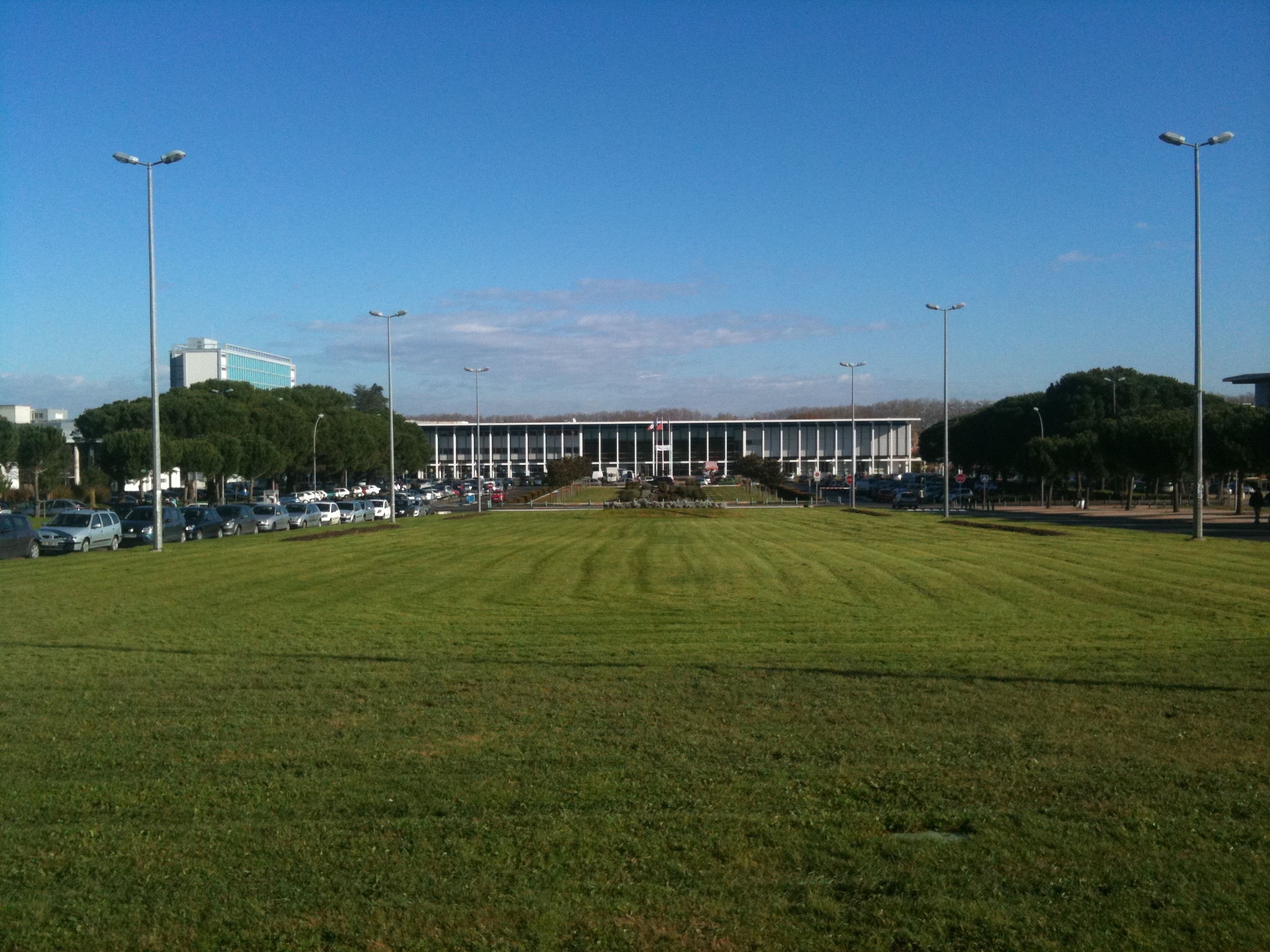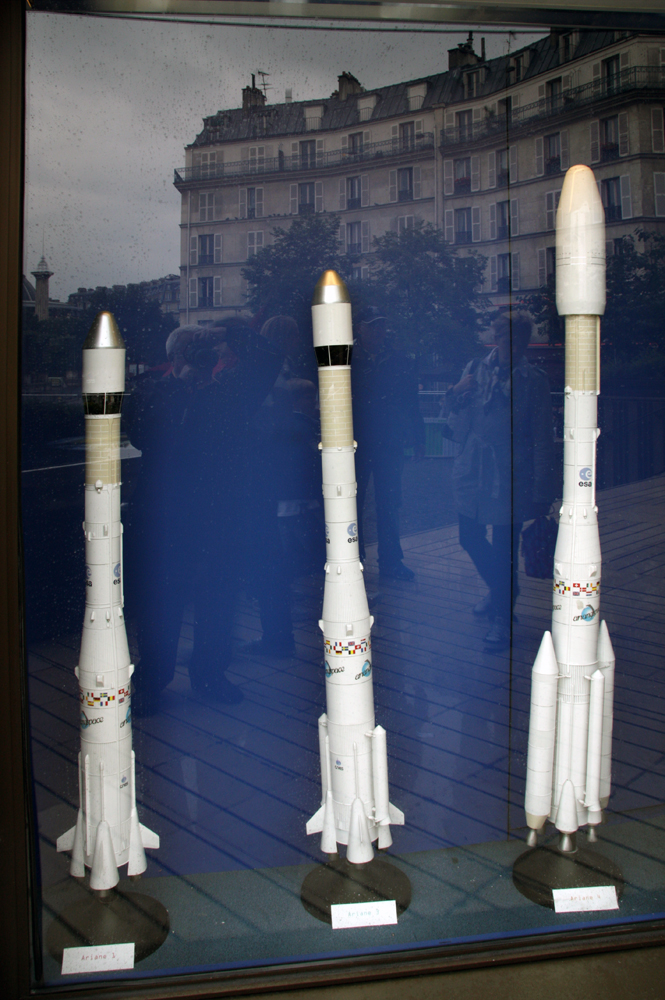|
Université Paul Sabatier
Paul Sabatier University (''Université Paul Sabatier'' , UPS, also known as Toulouse III) was a French university, in the Academy of Toulouse. It was one of the several successor universities of the University of Toulouse, established in 1229, making it one of the earliest universities to emerge in Europe. It has since become, once again, the University of Toulouse. Toulouse III was named after Paul Sabatier, winner of the 1912 Nobel Prize in Chemistry. In 1969, it was established on the foundations of the old Toulouse university that was itself founded in 1229. Université Toulouse-III was a leading educational institution in France and the Midi-Pyrénées region. It offered a wide range of programs in science, technology, health and athletics. University research activities The following list is not exhaustive. * Mathematics ** Plasma and energy conversion laboratory (LAPLACE) * Space, astrophysics, aeronautics ** Toulouse Space Center ** Higher Institute of Aeronauti ... [...More Info...] [...Related Items...] OR: [Wikipedia] [Google] [Baidu] |
Toulouse
Toulouse (, ; ; ) is a city in southern France, the Prefectures in France, prefecture of the Haute-Garonne department and of the Occitania (administrative region), Occitania region. The city is on the banks of the Garonne, River Garonne, from the Mediterranean Sea, from the Atlantic Ocean and from Paris. It is the List of communes in France with over 20,000 inhabitants, fourth-largest city in France after Paris, Marseille and Lyon, with 511,684 inhabitants within its municipal boundaries (2022); its Functional area (France), metropolitan area has a population of 1,513,396 inhabitants (2022). Toulouse is the central city of one of the 22 Métropole, metropolitan councils of France. Between the 2014 and 2020 censuses, its metropolitan area was the third fastest growing among metropolitan areas larger than 500,000 inhabitants in France. Toulouse is the centre of the European aerospace industry, with the headquarters of Airbus, the SPOT (satellites), SPOT satellite system, ATR ( ... [...More Info...] [...Related Items...] OR: [Wikipedia] [Google] [Baidu] |
French National Centre For Scientific Research
The French National Centre for Scientific Research (, , CNRS) is the French state research organisation and is the largest fundamental science agency in Europe. In 2016, it employed 31,637 staff, including 11,137 tenured researchers, 13,415 engineers and technical staff, and 7,085 contractual workers. It is headquartered in Paris and has administrative offices in Brussels, Beijing, Tokyo, Singapore, Washington, D.C., Bonn, Moscow, Tunis, Johannesburg, Santiago de Chile, Israel, and New Delhi. Organization The CNRS operates on the basis of research units, which are of two kinds: "proper units" (UPRs) are operated solely by the CNRS, and Joint Research Unit, Joint Research Units (UMRs – ) are run in association with other institutions, such as List of colleges and universities in France, universities or INSERM. Members of Joint Research Units may be either CNRS researchers or university employees (Academic ranks in France, ''maîtres de conférences'' or ''professeurs''). Each ... [...More Info...] [...Related Items...] OR: [Wikipedia] [Google] [Baidu] |
Geneva Observatory
The Geneva Observatory (, ) is an astronomical observatory at Sauverny (CH) in the municipality of Versoix, Canton of Geneva, in Switzerland. It shares its buildings with the astronomy department of the École Polytechnique Fédérale de Lausanne. It has been active in discovering exoplanets, in stellar photometry, modelling stellar evolution, and has been involved in the European Space Agency's Hipparcos, INTEGRAL, Gaia, and Planck missions. In 1995, the first exoplanet found orbiting a main-sequence star, 51 Pegasi b, was discovered by two scientists of the observatory, Michel Mayor and Didier Queloz, using the radial velocity method with the 1.9-metre telescope at Haute-Provence Observatory in France. Mayor and Queloz were awarded (half of) the Nobel Prize in Physics 2019 for this discovery. In addition to a 1-metre telescope located at the French Haute-Provence Observatory (but owned by Geneva Observatory), the Geneva Observatory also operates the 1.2-metre Leonhard Eu ... [...More Info...] [...Related Items...] OR: [Wikipedia] [Google] [Baidu] |
Merieme Chadid
Merieme Chadid (; born 11 October 1969 in Casablanca) is a Moroccan- French astronomer, explorer and astrophysicist. She leads international polar scientific programs and has been committed to installing a major astronomical observatory at the heart of Antarctica. Education and early life Chadid was born October 11, 1969, in Casablanca to a Moroccan family. Her father and mother were a blacksmith and a housewife respectively. She was one of seven children. At 12 years old, she discovered her love of astronomy from a Johannes Kepler book gifted to her by her brother. In 1992, Chadid graduated from the University of Hassan II Casablanca with a master's degree in Physics and Mathematics. In 1993, she graduated from the University of Nice Sophia Antipolis with a Master of Advanced Studies and three years later earned her PhD in Astronomy and Space from the Paul Sabatier University from her research detecting hypersonic shock waves in pulsating stars and explaining their origin ... [...More Info...] [...Related Items...] OR: [Wikipedia] [Google] [Baidu] |
French Academy Of Sciences
The French Academy of Sciences (, ) is a learned society, founded in 1666 by Louis XIV at the suggestion of Jean-Baptiste Colbert, to encourage and protect the spirit of French Scientific method, scientific research. It was at the forefront of scientific developments in Europe in the 17th and 18th centuries, and is one of the earliest Academy of Sciences, Academies of Sciences. Currently headed by Patrick Flandrin (President of the academy), it is one of the five Academies of the . __TOC__ History The Academy of Sciences traces its origin to Colbert's plan to create a general academy. He chose a small group of scholars who met on 22 December 1666 in the King's library, near the present-day Bibliothèque nationale de France, Bibliothèque Nationale, and thereafter held twice-weekly working meetings there in the two rooms assigned to the group. The first 30 years of the academy's existence were relatively informal, since no statutes had as yet been laid down for the ins ... [...More Info...] [...Related Items...] OR: [Wikipedia] [Google] [Baidu] |
CNES
CNES () is the French national space agency. Headquartered in central Paris, the agency is overseen by the ministries of the Armed Forces, Economy and Finance and Higher Education, Research and Innovation. It operates from the Toulouse Space Centre and the Guiana Space Centre. The president of CNES is Philippe Baptiste. CNES is a member of Institute of Space, its Applications and Technologies. It is Europe's largest national organization of its type. History CNES was established under President Charles de Gaulle in 1961. It is the world's third oldest space agency, after the Soviet space program (Russia), and NASA (United States). CNES was responsible for the training of French astronauts, until the last active CNES astronauts transferred to the European Space Agency in 2001. , CNES is working with Germany and a few other governments to start a modest research effort with the hope to propose a LOX/methane reusable launch vehicle by mid-2015. If built, flight testing w ... [...More Info...] [...Related Items...] OR: [Wikipedia] [Google] [Baidu] |
Anny Cazenave
Anny Cazenave () is a French space geodesist and one of the pioneers in satellite altimetry. She works for the French space agency CNES and has been deputy director of the (LEGOS) at Observatoire Midi-Pyrénées in Toulouse since 1996. Since 2013, she is director of Earth sciences at the International Space Science Institute (ISSI), in Bern (Switzerland). As one of the leading scientists in the joint French/American satellite altimetry missions TOPEX/Poseidon, Jason-1, and the Ocean Surface Topography Mission, she has contributed to a greater understanding of sea level rise caused by global warming. Cazenave is a member of the Intergovernmental Panel on Climate Change and was the lead author of the sea level sections for their fourth and fifth Assessment Reports. Early life and education Not from an academic background, Cazenave was not destined to work in the sciences. However, she achieved a postgraduate doctorate in fundamental astronomy (Paris, 1969) as well as receivin ... [...More Info...] [...Related Items...] OR: [Wikipedia] [Google] [Baidu] |
Institut National De La Recherche Agronomique
The Institut national de la recherche agronomique (; ; abbr. INRA ) was a French public research institute dedicated to agricultural science. It was founded in 1946 and is a Public Scientific and Technical Research Establishment under the joint authority of the Ministries of Research and Agriculture. From 1 January 2020 the INRA merged with the IRSTEA ( Institut national de recherche en sciences et technologies pour l'environnement et l'agriculture) to create the INRAE ( Institut national de recherche pour l'agriculture, l'alimentation et l'environnement). INRA led projects of targeted research for a sustainable agriculture, a safeguarded environment and a healthy and high quality food. Based on the number of publications in agricultural sciences/crops and animal sciences, INRA was the first institute for agricultural research in Europe, and the second in the world. It belonged to the top 1% most cited research institutes. Missions INRA main tasks were: * to gather and dissemi ... [...More Info...] [...Related Items...] OR: [Wikipedia] [Google] [Baidu] |



